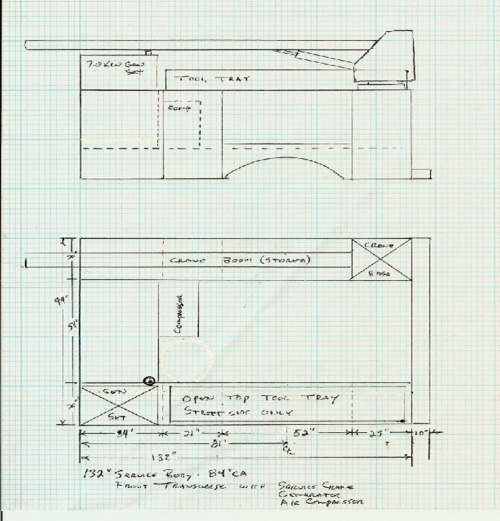Published in the April 2016 issue of Fleet
Affiliation
As a fleet professional – whether you are a
spec writer, purchasing analyst, or fleet manager – you have direct input and
responsibility on cost control. You may not be the “Captain” of the
organization, but your contributions can be extremely impactful on the overall
operation.
We’ve discussed how fleets are often the unsung
heroes – viewed as a cost of doing business. A properly run and managed fleet is
actually an invaluable asset to the organization; the potential is limitless.
Professionals in a position to influence vehicle design can influence
operational costs.
Cost management can start with vehicle
design
Typical vocational work
trucks are, as we know, not mass produced. They’re generally purchased for a
specific application or job function. They often have detailed parameters and
regularly require high levels of customization. Inadequate research paired with
poor planning generally results in a pitfall of unintended consequences. How do
you control these costs? The most obvious answer is proper vehicle design. A
little more time spent on the front end with a well thought plan can:
- Reduce
initial acquisition costs
- Reduce
maintenance costs
- Improve
vehicle productivity
- Reduce
direct and indirect operating costs
It begins with vehicle
design
Cost control can be directly
impacted your vehicle design approach. These impacts will positively or
negatively impact the bottom line of your next purchase. Before you begin your
next vehicle design, research the application to fully understand the scope and
requirements of the unit being purchased. Understand that you or your superior
will have to live with the decisions for the life of the unit.
In beginning the design process, understand
that there is no one right answer, as each organization’s dynamics can be fluid
and require constant adjustment. Evaluating the performance and utilization of
current vehicles can give insight into the functional requirements of your
operation, while avoiding the pitfall of solely relying on what’s been done in
the past. This is your first step to saving money. Requirements and equipment
specifications often change from year to year. Advances and improvements in new
technologies and regulations are constant.
Logical truck design
It cannot be stressed enough that the application should
be completely defined. Lacking a complete understanding of functional
requirements will almost certainly guarantee less than satisfactory, and often
costly, results. Identify critical design constraints. This requires a reality
check. Will all the pieces fit? Put ideas on paper and visualize the end result;
this can often highlight design conflicts.

Don’t forget the functional
requirements
How often is the
specification for a truck chassis written first? This happens more often than
professionals would like to admit. Designing the second unit (i.e., dump box
utility body) first is critical to following logical truck design. This is where
the functional requirements are designed.
Once this is completed, match the second unit
to the chassis. Take a moment and do a final sanity check. Did you identify
everything such as overall weight and dimensions? Regulatory requirements and
impacts?
Keep the users involved
Keep the users and maintenance stake holders close in
the design process. Look at current productivity: Are units over- or
under-utilized? Why?
Talk with your maintenance personnel and
review maintenance records to identify failure patterns and specific problems.
Talk with your operators: Is the job environment they are working in effect
vehicle design changes? Understand you will always have to make compromises.
Finally, review and evaluate productivity after the unit has been in service to
continue the cycle of improvement.
To discuss this or any other fleet issue with the NTEA,
contact NTEA Director of Fleet Relations Chris Lyon at chris@ntea.com.